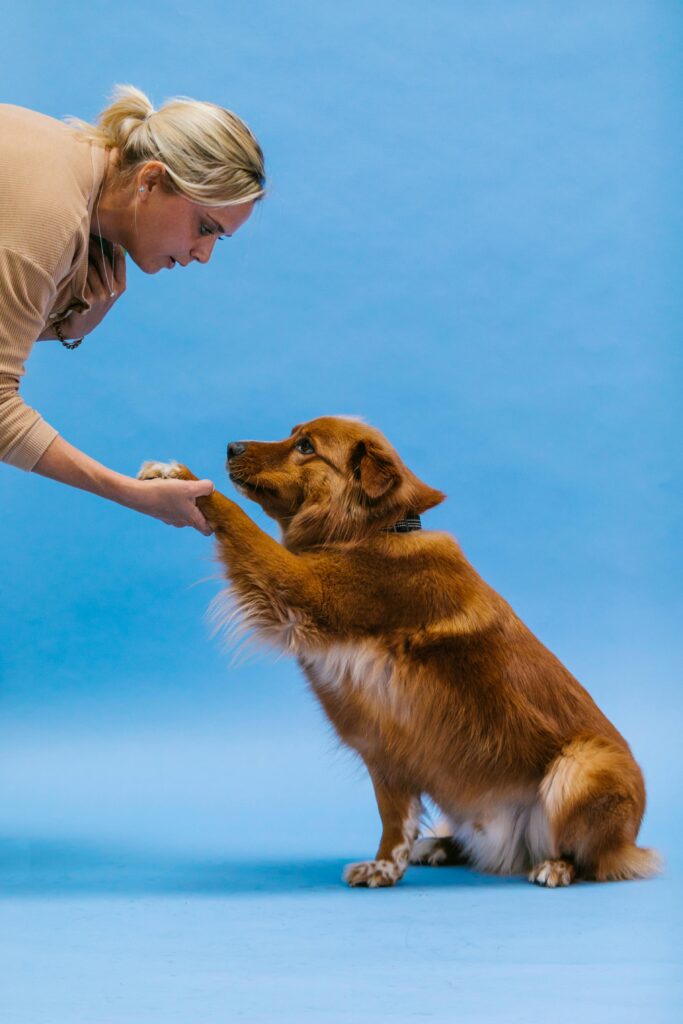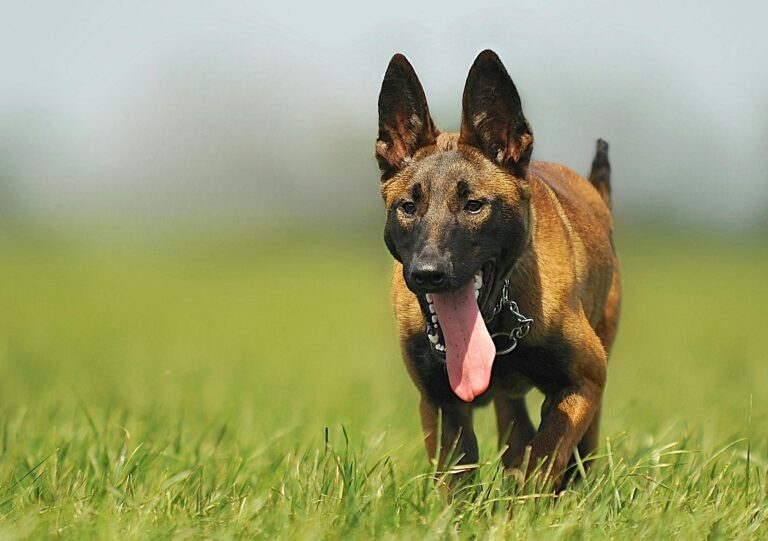Obedience training is not a one-time task. It is a lifelong process that evolves as your dog grows and changes. Puppies need foundations, adolescent dogs need structure, adults need consistency, and seniors benefit from reinforcement tailored to their abilities. Each stage comes with unique challenges, but with the right approach, your dog can be reliable, confident, and well-mannered through every season of life.
In this guide, we’ll explore how to approach obedience training from puppyhood to the golden years, with practical strategies for each stage.

Puppy Stage: Building Foundations (8 Weeks to 6 Months)
The puppy stage is the best time to introduce structure and positive reinforcement. Puppies are eager to learn and form habits quickly.
Key goals:
- Housebreaking and crate training
- Socialization with people, environments, and safe dogs
- Basic commands: sit, down, come, place
- Bite inhibition and gentle play
- Handling and grooming tolerance
Consistency matters most here. Keep sessions short, fun, and rewarding. Crate training is especially useful during this stage. For guidance, see our post on Crate Training 101, which shows how to turn the crate into a safe and positive space.
Adolescent Stage: Establishing Structure (6 Months to 2 Years)
Adolescence is when many dogs test boundaries. Energy levels rise, hormones kick in, and distractions become harder to ignore. This is often the stage when owners seek professional help because obedience skills begin to slip.
Key goals:
- Reinforce commands learned in puppyhood
- Add leash manners and recall under distractions
- Teach impulse control with “leave it,” “wait,” and “stay”
- Prevent problem behaviors like jumping, digging, or pulling
- Build patience with structured play and daily routines
This is also the time when dogs benefit most from advanced programs that balance structure and freedom. Our Basic & Advanced Obedience Program is designed to give owners control during this crucial developmental stage.
Explore our Basic & Advanced Obedience Program
Adult Stage: Maintaining Reliability (2 Years to 7 Years)
Adult dogs typically have steadier energy levels, but they require consistent reinforcement to avoid regression. Without practice, skills can fade, and new bad habits may appear.
Key goals:
- Proof commands in a variety of environments
- Strengthen recall and off-leash reliability
- Introduce new skills such as advanced heel or distance work
- Maintain mental stimulation through training games and drills
- Reinforce calmness in high-distraction settings
For fun ways to keep obedience fresh, try the exercises in our post on games and drills to make leash training fun and effective. These keep adult dogs challenged and engaged.
Senior Stage: Supporting Through Adjustments (7 Years and Older)
Senior dogs may slow down, but they still need obedience to stay sharp and safe. Training at this stage is about adapting to physical changes while keeping the brain active.
Key goals:
- Shorten sessions but keep them consistent
- Use lower-impact exercises
- Focus on commands that ensure safety, like recall and stay
- Keep mental engagement high with puzzles and simple training games
- Adjust training to accommodate hearing or vision loss
Even senior dogs thrive with structured interaction. Training builds confidence and reduces stress as they adjust to aging.
Training Tips That Apply to Every Stage
Regardless of age, these principles apply across the board:
- Consistency is everything: Daily reinforcement prevents backsliding.
- Patience pays off: Training takes time, especially with distractions.
- Positive reinforcement works: Rewards motivate better than punishment.
- Leadership builds trust: Your calm energy sets the tone.
- Every moment is a chance to train: Meals, walks, and playtime all reinforce habits.
Expert Resource: Year-Round Grooming and Training Health
Training works best when paired with overall health and comfort. Seasonal coat changes, especially in fall, can affect your dog’s comfort level during training. The AKC’s tips for grooming your dog for fall are a great resource to ensure your pup feels their best while learning.
Final Thoughts
Training does not stop once your dog learns a few commands. It evolves with each stage of life. From teaching a puppy their very first sit to helping a senior dog stay sharp, obedience is the foundation for a happy, balanced life.
No matter your dog’s age, it is never too early or too late to invest in training. The results will benefit your family for years to come.
Contact Off Leash K9 Training Dayton today to build confidence, trust, and obedience at every stage of your dog’s life.
Would you like a certified trainer to contact you?

